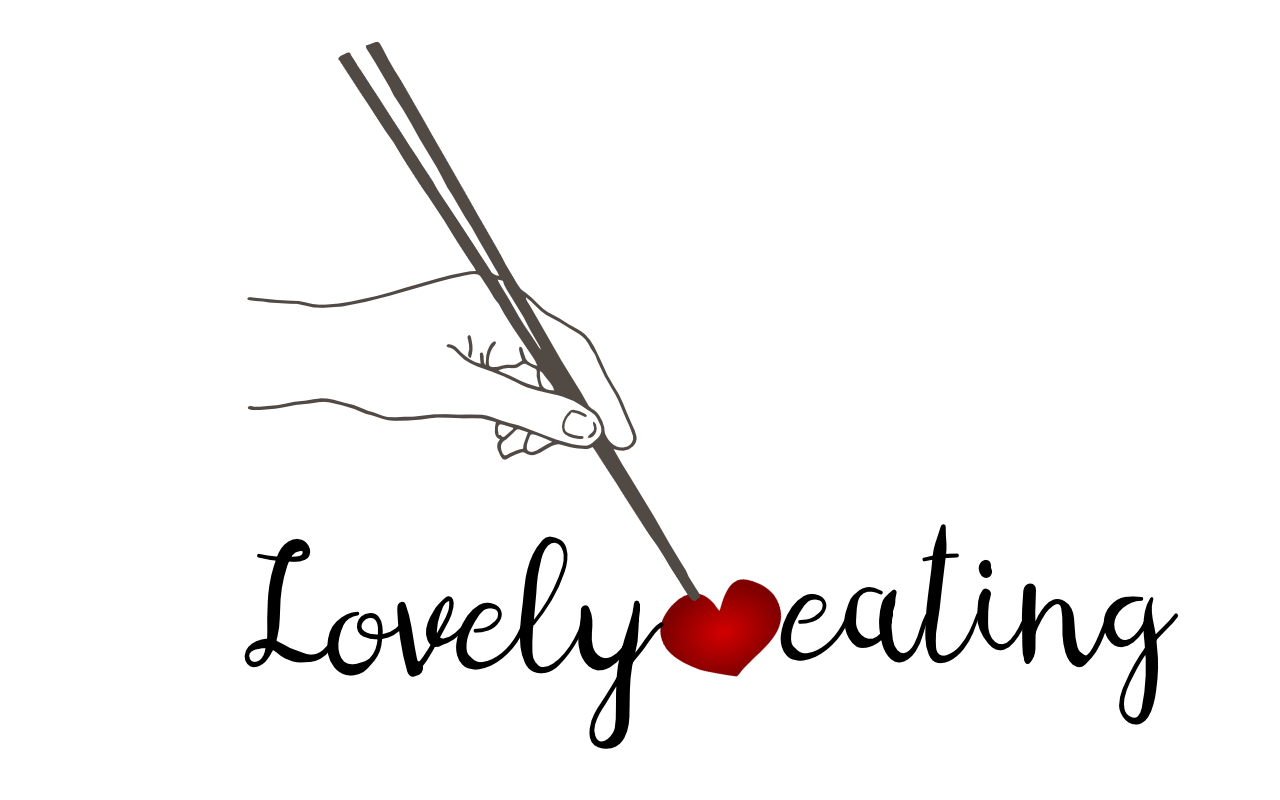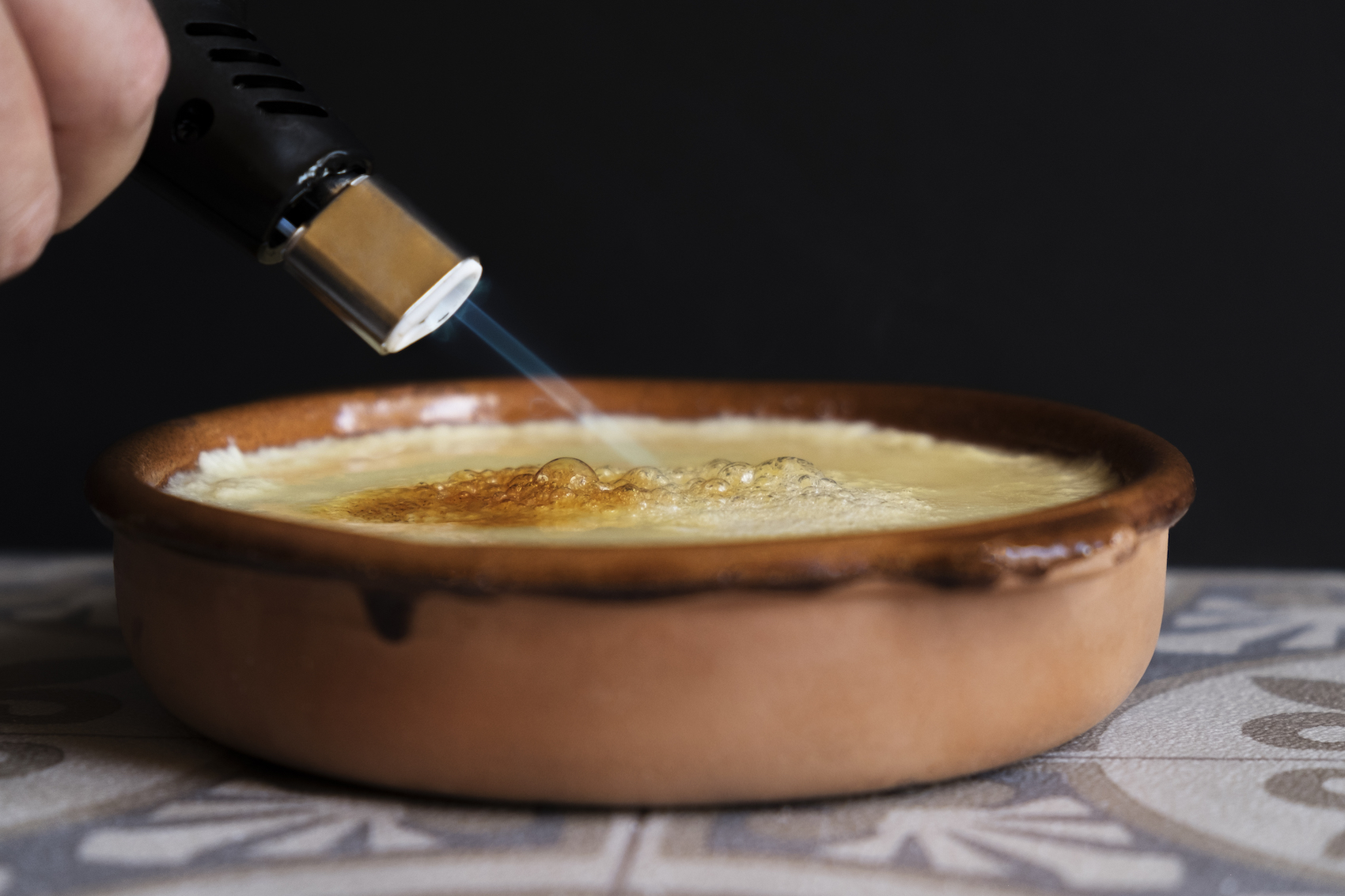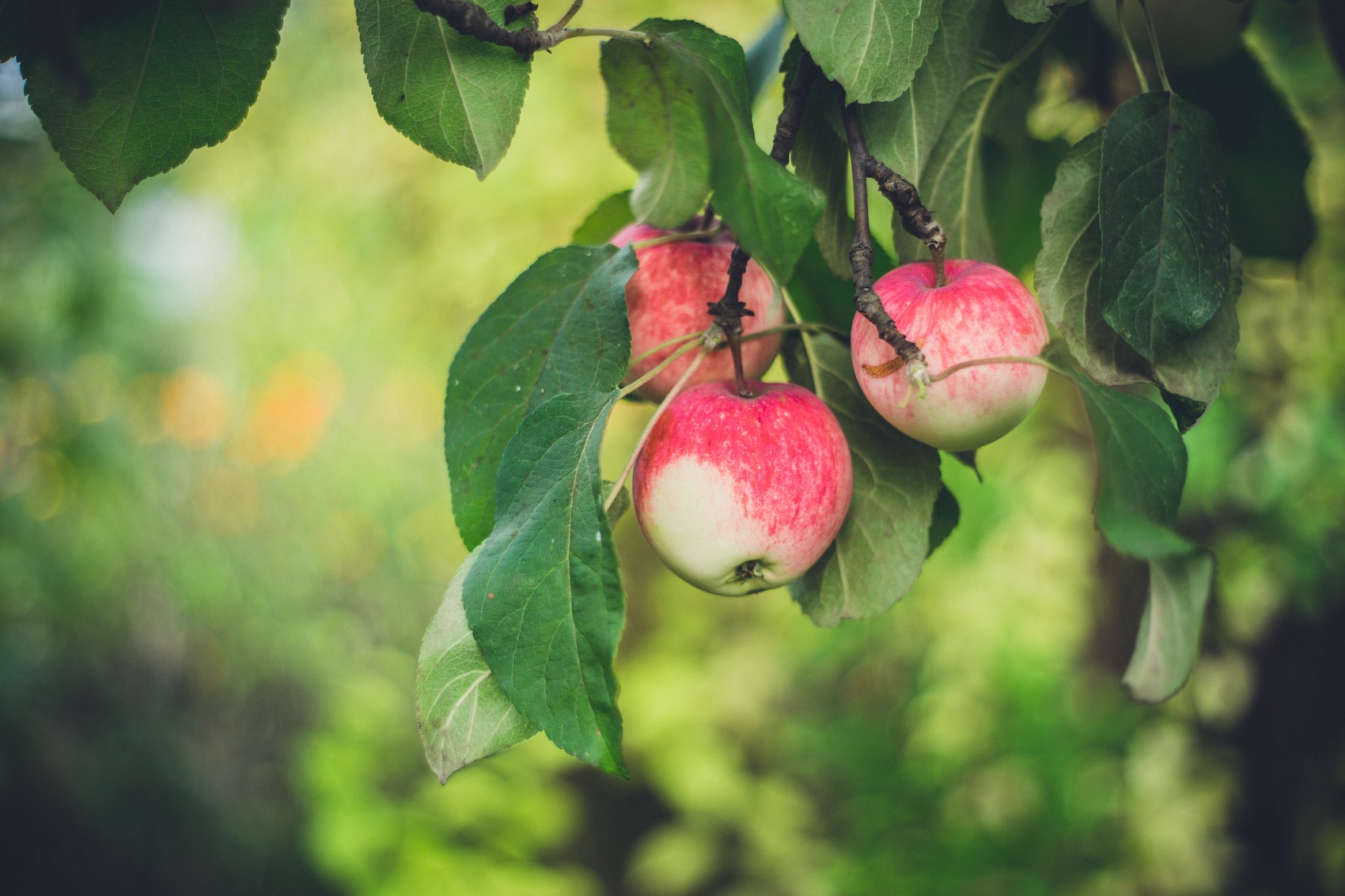Ingredients
1 Litre of milk
8 egg yolks
150 grams of sugar
40 grams of cornstarch
1 cinnamon stick
The grated peel of 1 lemon and 1 orange
Preparation:
1- Heat the milk with the cinnamon stick and the grated lemon and orange peel. As soon as it starts boiling, turn off the heat and leave it to infuse for 30 minutes. After this time strain the milk and put it back in the same saucepan.
2- In a separate bowl mix the yolks, sugar and starch until a homogeneous mass is obtained.
3- Heat the water to heat the milk, when it comes to the boil, add the egg mixture, sugar and starch while stirring constantly and very slowly. Cook without moving until it thickens slightly.
4- Strain this mixture, and put it in pots or serving bowls.
5- Allow to cool for 20 minutes and place in the refrigerator for one hour.
6- Shortly before serving, put some sugar on top and burn it with a burner or a blowtorch.
A little bit of history...
It is considered to be one of the oldest desserts in European tradition; there is much debate as to whether crème brûlée and crema catalana are the same thing or not and who invented them. One thing that is known is that the Romans already consumed a kind of custard, but that they were not sweet.
In terms of literature, the first mention of Catalan custard is found in a 14th century Catalan recipe book, Llibre del Sent Soví, and later in the 16th century in Llibre del coch. And the first mention of crème brûlée is in the book Nouveau cuisinier royal et bourgeois published in 1691.
It seems that the main difference between the two creams is that the French one is cooked in the oven once all the ingredients have been mixed, so it takes on its thickness without the need for flour.
Something interesting...
The milk production market is, as usual, dominated by China, but some 20 multinationals control more than half of the world’s supply. Nestle alone controls 5% of GRAIN ‘s global market. Most of these multinationals are not producers, but they do control the production market because they make decisions about the market, which will clearly be in their interests. And it continues to grow, according to one article “Nestle says that about 36% of its total sales now come from emerging markets. By 2020, it expects its share to grow to 45 percent and plans to double its revenues in Africa every three years.
The danger of this is that the interests of small producers are often in direct conflict with the economic policies of multinationals. We will have to pay attention to the conditions under which the contracts of the producers with the big companies are carried out.
Nutrition...
In recent years, the question has arisen as to whether humans should consume milk or not, since no other mammal consumes milk after being breastfed. Scientists respond by saying that it is obvious that they do not, as they do not have the knowledge or tools to milk.
According to the Spanish Federation of Nutrition, milk provides about 6.2 grams of protein (per 100) and 7.0 grams of fat. It also provides minerals such as calcium, magnesium and zinc and some vitamins A and B. Although depending on the area this can vary, for example according to the FAO the water which is the main component can vary between 68% and 91% of the total content.


